Premium aquarium maintenance practices to keep your aquatic species healthy and tank running at optimal capacity during the Autumn season before winter’s cold months.

1. Why Autumn Maintenance Matters
Seasonal fish tank care is essential to keeping your aquarium clean and functioning throughout the year. Each season requires unique tasks that leverage its natural climate to achieve optimal tank conditions.
In a standard aquarium seasonal maintenance cycle, prep the tank for cooler weather and lesser daylight. Include protocols for preventing heater failures and reducing algae blooms.
Author’s Note: Check out our post on the 10 Spring Aquarium Cleaning Tips for a Fresh Start to help you after the colder months!
Here’s an overview of a standard fall aquarium checklist to help with pre-winter tank maintenance.
2. Test Heaters & Backup Power

Begin your autumn maintenance with a thorough aquarium heater check. Ensure it’s functioning accurately by conducting a heater test for the fall season, by checking its warmth with your hand first.
Don’t place your hand directly on the device, but dip it into your aquarium water and feel the heat radiating from the heater.
Backup Power Supply
Ensure you have a backup power supply for your fish tank in case of an electricity outage. Connect the heater to a UPS (Uninterrupted Power Supply) unit for short outages or a generator for long-term outages.
Autumn is the best time for aquarium power outage prep because you can stress-test the power systems before winter’s frost. Observe the running time for your backup power supply and its capacity so that you can determine if it’s adequate to keep your aquarium functioning in emergencies.
Next up on this cold-weather aquarium prep is adjusting the lighting.
3. Adjust Lighting For Shorter Days

Daylight is shorter in this season, so you need a consistent, longer fall photoperiod aquarium schedule to compensate.
With consistent and controlled autumn aquarium brightness, you can determine plant growth, reduce algae blooms, and regulate your fish’s activity cycle.
Here’s how you can set your aquarium light schedule during autumn for the best results:
- Set the brightness on LED lights between 20% and 40%.
- Set photoperiods between 8 and 10 hours daily.
- For non-controllable lighting, remove the bulbs or cover them with black tape.
- If the light has an adjustable stand, move it higher to create distance between it and the tank.
Finally, react to your tank’s conditions despite using proactive aquarium lighting autumn plans. If you notice an algae bloom, reduce the light.
4. Inspect Filters & Flow

After checking your heater and adjusting lighting, you must proceed to seasonal filtration care. Fall filter maintenance is the ideal time for a thorough cleaning and comprehensive inspection to ensure steady water flow.
As a season with cooler months, autumn reduces fish metabolism, so you need efficient filtration to keep the water clean and safe.
Deep Cleaning Filters
For proper filter cleaning in autumn, check your air filter for allergens, dirt, and dust. If it’s washable, clean the filter with water, but if it’s damaged, replace it with better and new media. Also, clean the outer canister to ensure it doesn’t contaminate the cleaned filter media.
Checking Impellers
Before installing an aquarium impeller, check for pumps and stop the machine. Then remove it to clean any dirt or debris stuck between the wheels. Check if it’s still functioning, and replace it with a new one if it’s damaged to ensure a smooth flow.
5. Vacuum Substrate and Remove Debris
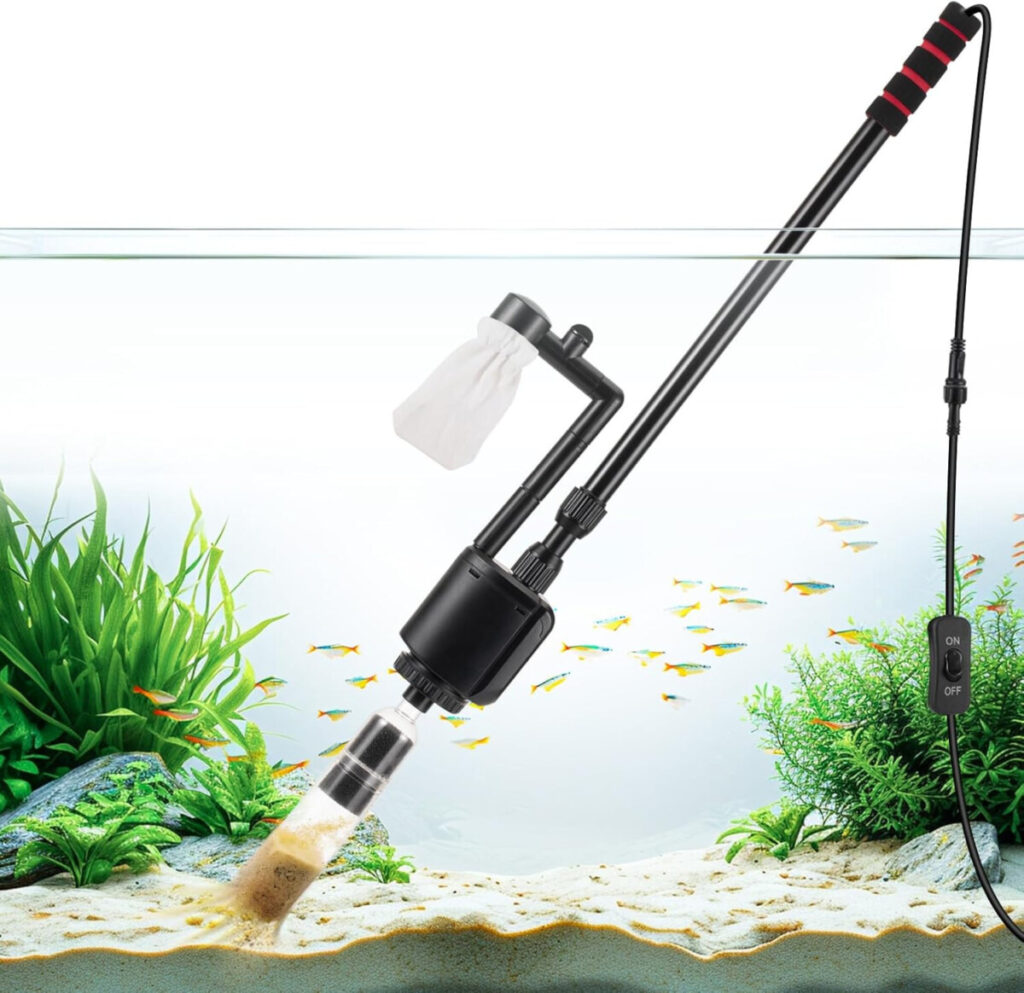
Found On Amazon
Substrate vacuuming fall protocols maintain water quality by removing silt and debris. Start with aquarium debris removal, such as removing leaf litter, then vacuum up uneaten food, and clear seasonal water buildup.
Proper Vacuuming Method
Use these gravel siphon tips to flatten anaerobic zones as your tank becomes cooler and the fish’s metabolism slows down.
- Place your trash container on the floor and position the bottom of the siphon inside it.
- Submerge the top of the siphon tube in the aquarium to fill it with water.
- Push the tube into the gravel to siphon debris.
- Cover the bottom of the hose on the end of the container to push down smaller debris and suck up larger ones.
- Work in sections until the gravel is clean.
The next detail for keeping your autumn tank clean is plant care.
6. Trim & Replant Aquatic Plants

Autumn is the best time for aquarium greenery care because, like land plants, they start getting dormant in these months. For aquatic plant care in autumn, remove dying stems, replant tops, and prune runners.
Remove Dying Stems
Use precision cutting tools for aquarium plant trimming. Cut dying leaves at the stem to allow new growth to sprout and prevent the decaying leaves from contaminating the water.
Replant Tops
Add a gravel layer if you want to replant aquarium stems in autumn. Remove the leaves at the bottom and use natural plant parts, such as petioles, to hold it in the substrate.
You can replant the following aquatic plant species during autumn:
- Rotala
- Water wisteria
- Bacopa caroliniana
- Vallisineria runners
- Amazon sword runners
Prune Runners
Finally, prune runners like Amazon swords and Vallisneria to keep your aquascape vibrant as you head into winter. Runners are stems that grow horizontally instead of the typical vertical stems.
Remove the overgrown and decaying leaves to prevent decay.
7. Reject Stocking & Compatibility

Let’s now focus on the fish in the aquarium with this seasonal stocking review. After caring for your aquascape and equipment, you should focus on the proper way to add new fish to your aquarium during autumn.
Compatibility Test
Assess community tank health dynamics before winter stressors hit. To run a fish compatibility check, you must first research the species in your tank. Understand its characteristics and compare it with potential stocks.
Check their size and personalities to ensure there won’t be any predatory and territorial issues.
Author’s Note: Check out our post on how we set up a 32-Gallon Freshwater Fish Tank including Plants, Decor, & Fish-In Cycling Tips!
Why and When to Reject Stocking
Typically, you can stock your aquarium at any time of year, but if you choose to do so during autumn/fall, there are specific guidelines to follow. Reject stocking when:
- The tank is new
- New stock is incompatible with the current occupants
- The tank is overcrowded
Overcrowded tanks suffer more in cooler, low-light autumn months. Regulate aquarium stocking in the fall because overcrowding causes stress in your fish, leading to increased waste disposal and water contamination.
8. Monitor Water Parameters Closely

Monitoring autumn aquarium parameters is challenging because changes in weather conditions affect oxygen, pH, and nitrate levels.
To ensure autumn tank stability, you must track parameters weekly to detect seasonal fluctuations and make adjustments before they become issues.
Water Testing
We recommend using a master test kit like the one form amazon linked below to frequently test your water parameters.
Ensure regular water testing during the fall for essential parameters like pH levels, general and carbonate hardness, ammonia, nitrite, and nitrate.
Use a buffering agent, such as crushed corals and aragonite sands, to maintain stable carbonate hardness.
pH Balancing
Add supplements with beneficial bacteria to the tank and maintain steady water levels for pH swing prevention. Maintain appropriate salinity levels depending on the fish type in the tank. Use reverse osmosis to balance your water’s pH levels if you notice inconsistency during testing.
Nitrate Control
Shut off the gas sources overnight to prevent excess gas buildup by morning. Install airstones and oxygenate to keep the tank aerated.
Add live aquatic plants for nitrate control through absorption, which leads to natural oxygen production to stabilize other parameters. Consistently clean the tank and use a strong filtration system to clean uneaten food and complete the nitrogen cycle.
9. Prepare for Seasonal Algae Shifts
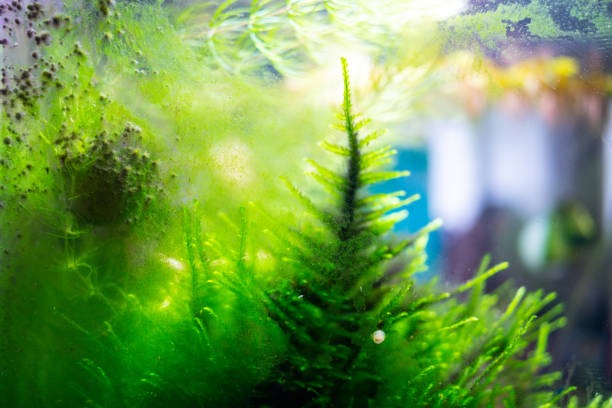
Autumn algae prevention requires careful lighting control because even though shorter days reduce the light exposure, the cooler temperature can alter algae type and lead to a bloom.
For seasonal aquarium algae management, adjust plant fertilization schedules and photoperiods to balance growth.
Use these tips for algae control in the fall:
- Use an autotimer to control the tank’s lighting.
- Reduce your fish’s diet to control waste production.
- Change 20-25% of the water weekly to reduce nitrate levels.
To ensure aquarium nutrient balance, test the water often and immediately correct any deficiency. You can also add algae eaters to the tank during autumn to control growth naturally.
Some popular algae eaters include Amano shrimp, Nerite snails, and Otocinclus catfish.
Author’s Note: Check out our post on the 20 Hair Algae Eaters for a SPOTLESS Aquarium for a comprehensive guide!
Conclusion: Setting Tanks Up for Winter Success
The nine fall aquarium prep tips in this overview are proactive preparations to ensure your tank functions optimally before and during the winter season.
You can achieve this winter aquarium readiness by keeping an emergency power supply for outages, adjusting lighting for shorter days, keeping the tank clean with filters and vacuuming, monitoring plant growth, rejecting stocking, and stabilizing water parameters.
Adopt a seasonal fish tank care plan using the tips in this overview for year-round functionality. We’d love to hear how you combined all nine tips to build resilience in your tank. So, share your autumn aquarium success story below.

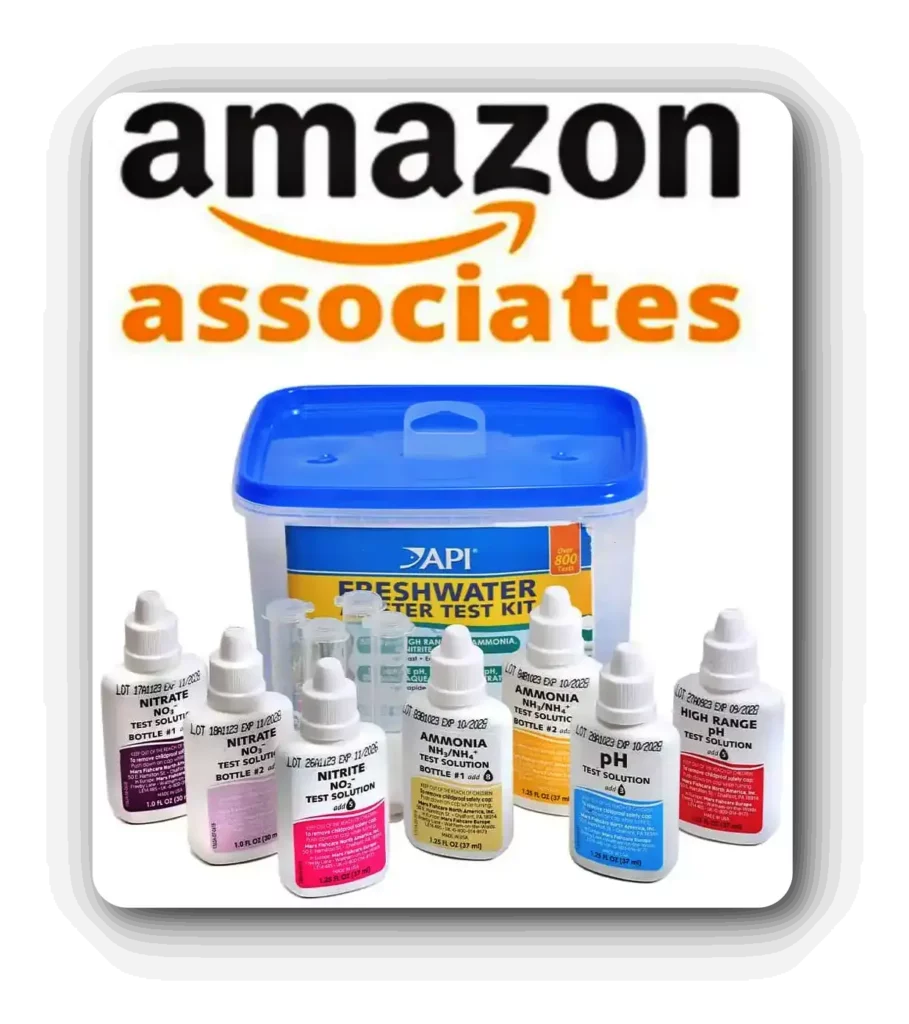

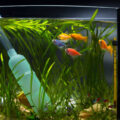

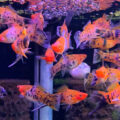
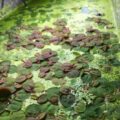



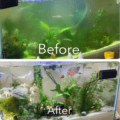

2 thoughts on “9 Autumn Aquarium Maintenance Tasks to Keep Fish Healthy”